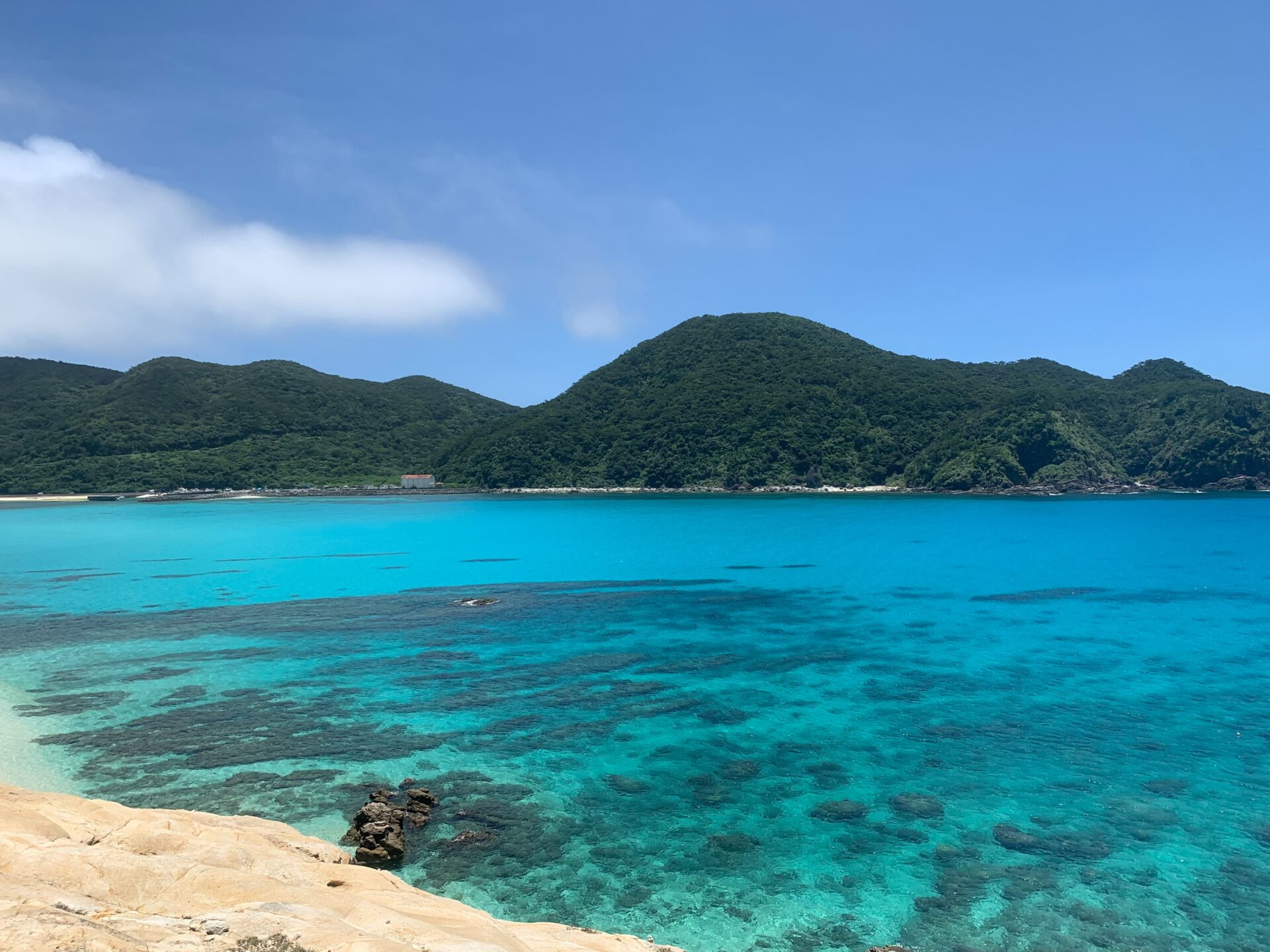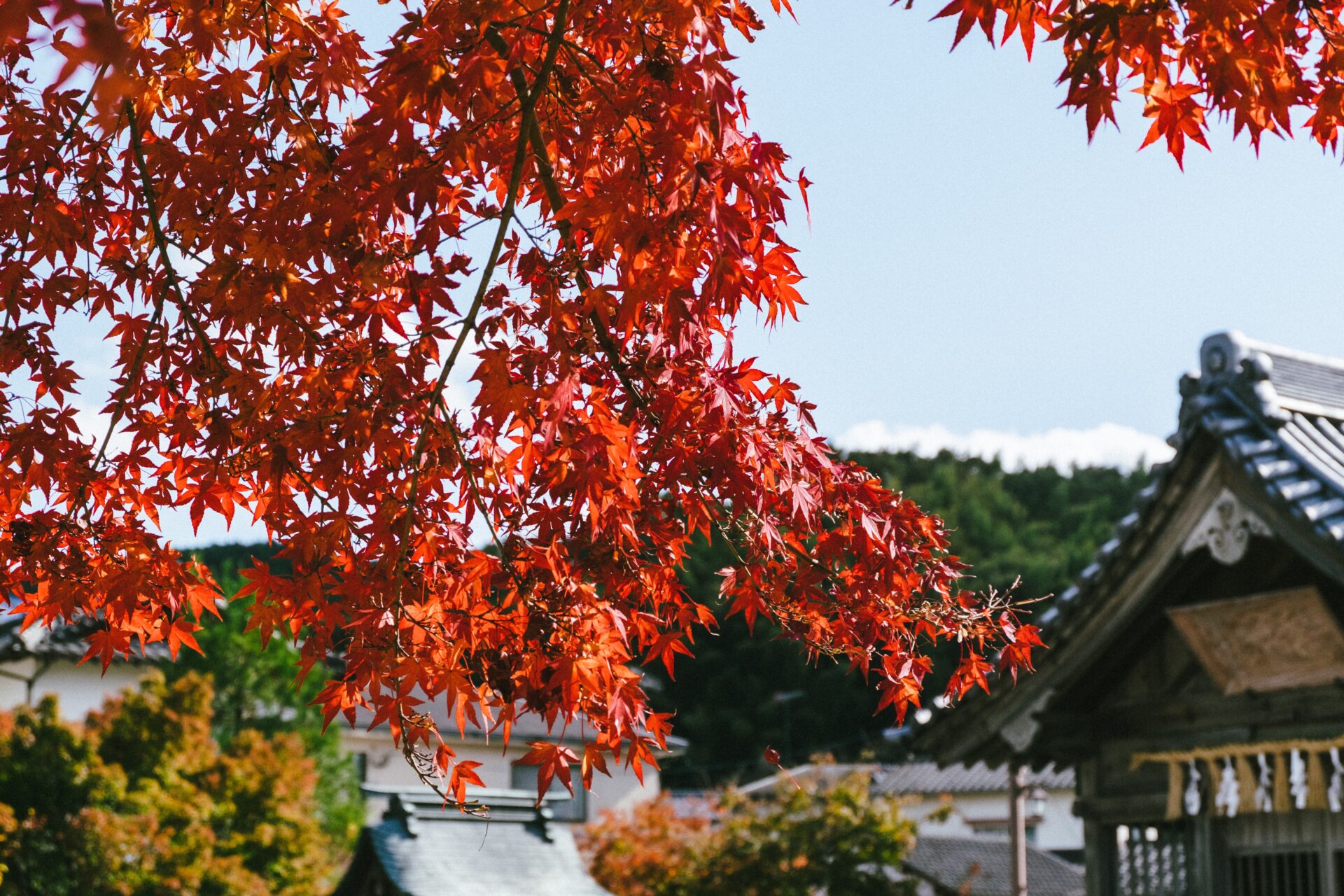Tokyo, the center of Japan, has an image of many buildings. But actually, it also has a lot of natural greenery. Parks and gardens are typical, but greenhouses and botanical gardens are also very popular. Some of them are also used as research facilities in Japan, and are open to the public for a fee or free of charge. In this article, we introduce some of the best botanical and tropical gardens that you can visit in Tokyo.
1. Institute for Natural Study
Institute for Nature Study, attached to the National Museum of Nature and Science, is a large botanical garden that you can visit within a 9-minute walk from the east exit of JR Meguro Station. Inside a 20ha garden, 1,473 species of plants, 2,130 species of insects, and 130 species of birds are nestled. This garden serves as a research facility for living creatures and plants, and various studies are still being conducted. For researchers, this botanical garden, where many animals and plants gather, can be said to be a valuable place. The maximum number of people who can enter the garden is 300 from the viewpoint of nature maintenance. Therefore, you can enjoy their nature with a small crowd.
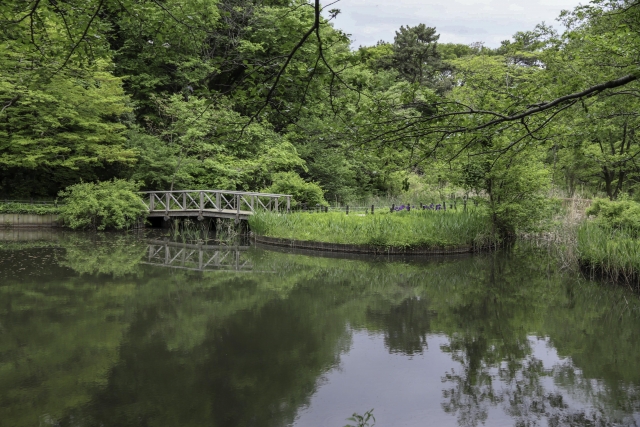
| Information about Institute for Natural Study | |
Open hours | 9/1~4/30 … 9:00 am ~ 4:30 pm5/1~8/31 … 9:00 am ~ 5:00 pm*Last admission is until 4:00 pm in both terms. |
Regular holiday | ・Every Monday (*If a holiday falls on Monday, open on Monday and closed on the day after the holiday)・The day after the holiday (however, open if it falls on Saturday and Sunday)・New Year holidays (12/28~1/4)*If you need the latest information about the temporary closure schedule, visit here. (only in Japanese. Dates painted pale red in the calendar are closure dates.) |
Entrance fee | Adult and university students … ¥320High school students and below … Free*Free admission for seniors aged 65 and over by presenting an ID card Depending on your ID card, your entry fee can be no charge, so please visit the official website in advance. |
| Official Website | Institute for Natural Study |
2. Koishikawa Botanical Garden
Just a 15-minute walk from Myogadani Station on the Tokyo Metro Marunouchi Line. Koishikawa Botanical Garden is a botanical garden attached to the University of Tokyo, which is known as one of the most prestigious universities in Japan. This botanical garden plays an important role as a field for various studies.
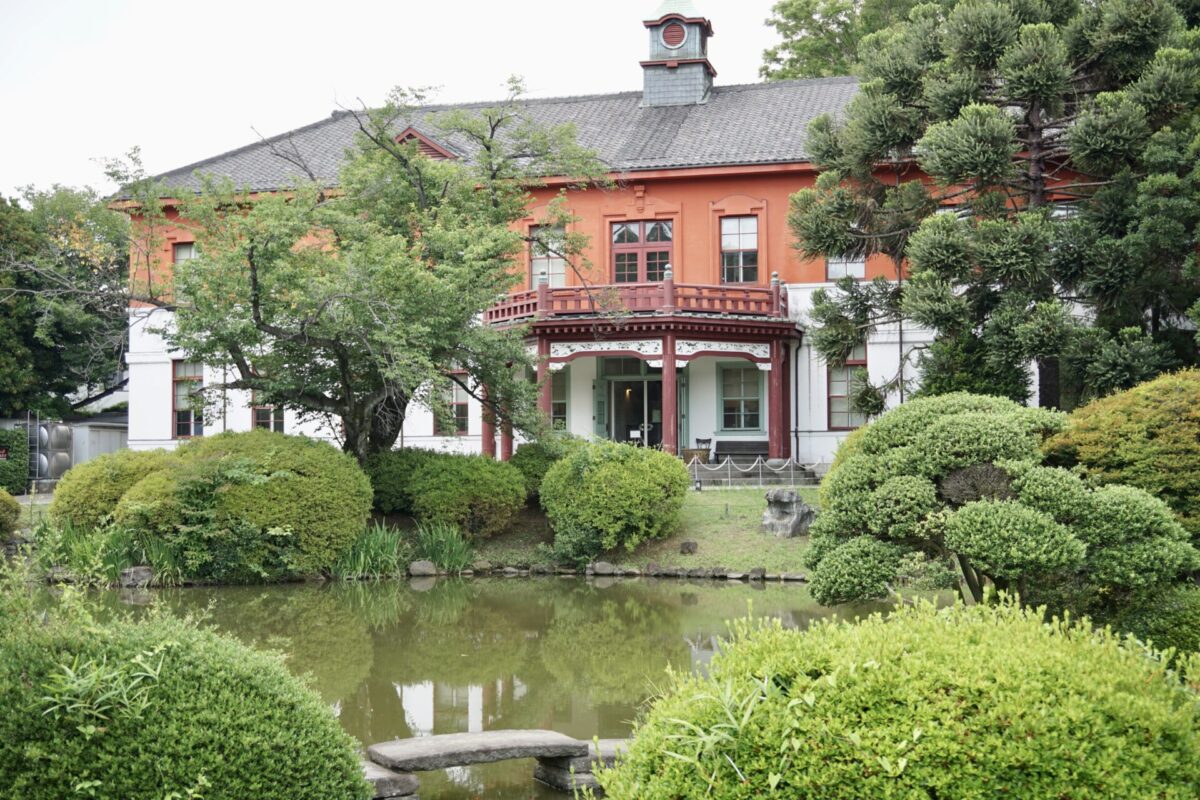
The most famous plant at Koishikawa Botanical Garden is “Newton’s apple tree”. It is a famous story that Newton saw an apple falling from an apple tree, which enabled him to discover the law of universal gravitation. But this apple tree can be seen at Koishikawa Botanical Garden as well. The apple tree near Newton’s birthplace was grafted and these grafted ones are now carefully grown in research facilities all over the world such as Sweden, the United States, the United Kingdom, Germany and Japan.
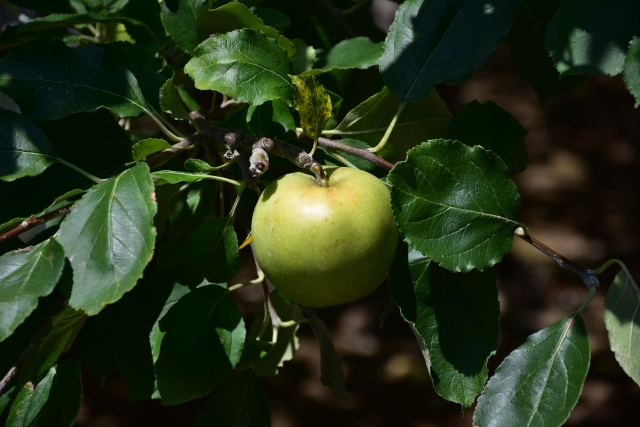
Koishikawa Botanical Garden is located near the Tokyo Dome, so it’s a good idea to stop by after enjoying your sightseeing at Tokyo Dome City, where there is a theme park and shopping mall!
| Information about Institute for Koishikawa Botanical Garden | |
| Open hours | 9:00 am ~ 4:30 pm (The last admission is until 4:00 pm) |
Regular holiday | ・Every Monday (*If a holiday falls on Monday, open on Monday and closed on the day after the holiday)・New Year holidays (12/29~1/3) |
Entrance fee | Adult and high school students … ¥500Junior high school & elementary school students… ¥150*Free admission for any child aged under 6. |
| Official Website | Koishikawa Botanical Garden |
3. Jindai Botanical Gardens
Jindai Botanical Gardens are a botanical park located in Chofu City, Tokyo, and their site area is about 490,000 square meters. About 4,800 kinds of plants and 100,000 trees are planted now. Since it was renewed five years ago, it has been collecting and displaying rare flowers, which enhances the charm of Jindai Botanical Gardens. When it comes to flowers, you can see various beautiful flowers such as rose gardens, azalea gardens, plum gardens, etc. Those gardens attract many visitors every year during the best season. Particularly, their rose garden has a large fountain in the center and is truly a photogenic spot. Rose festival is held every spring, so if you are fond of roses, it is recommended to visit during that period. The greenhouse, which stands in front of the rose garden, exhibits about 650 kinds of tropical plants. You can see tropical flowers, tropical water lilies, begonia, orchids, and more throughout the year, regardless of any season and whether.
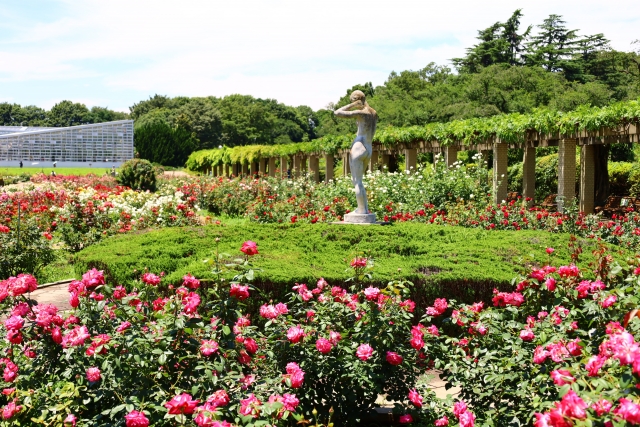
| Information about Institute for Jindai Botanical Garden | |
| Open hours | 9:30 am ~ 5:00 pm (The last admission is until 4:00 pm) |
Regular holiday | ・Every Monday (*If a holiday falls on Monday, open on Monday and closed on the day after the holiday)・New Year holidays (12/29 ~ 1/1) |
Entrance fee | Adults … ¥500 Seniors aged 65 and over … ¥250Junior high school students … ¥200*Free for elementary school students and below |
| Official Website | Jindai Botanical Gardens |
4. Yumenoshima Tropical Greenhouse Dome
Yumenoshima Tropical Greenhouse Dome is located in Koto Ward, Tokyo. This tropical botanical garden uses heat energy generated from a nearby cleaning factory for heating the entire greenhouse, air-conditioning and hot water supply in the building. A large greenhouse is modeled after an environment with high humidity and temperature throughout the year. You can freely enjoy the plants that you can’t see unless you go to the tropics.
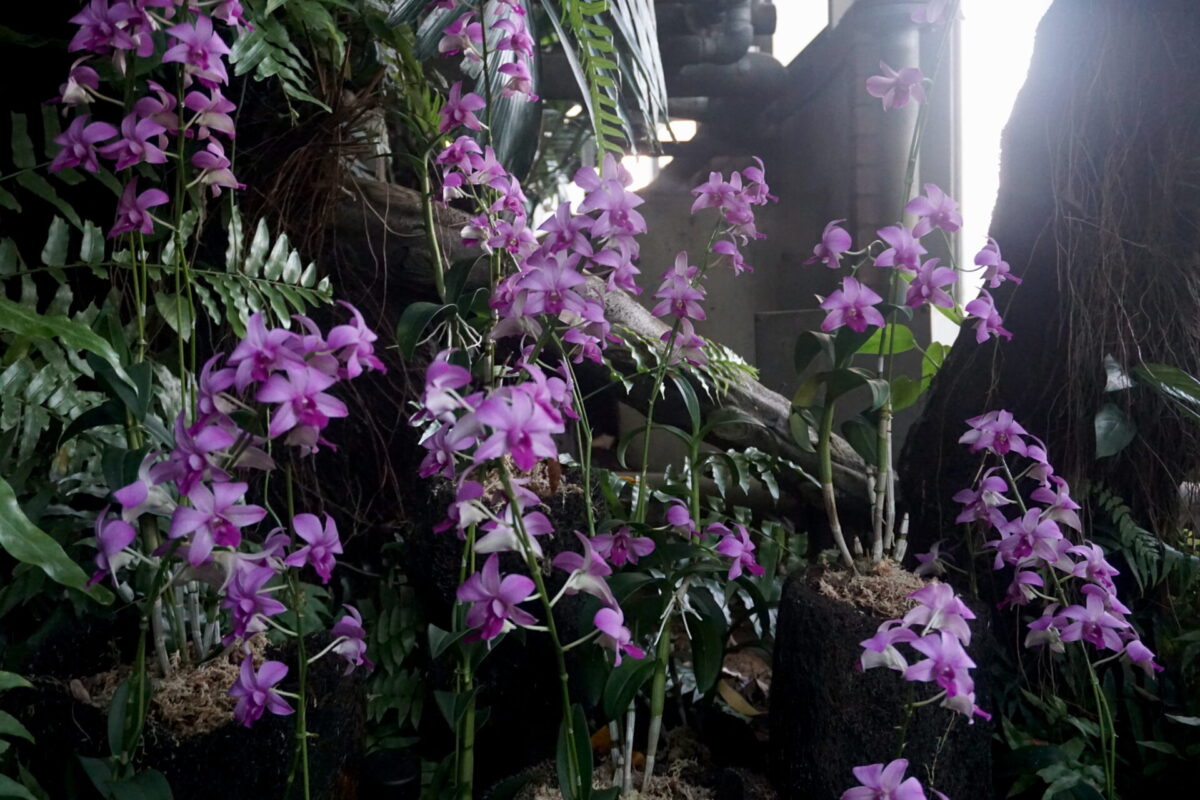
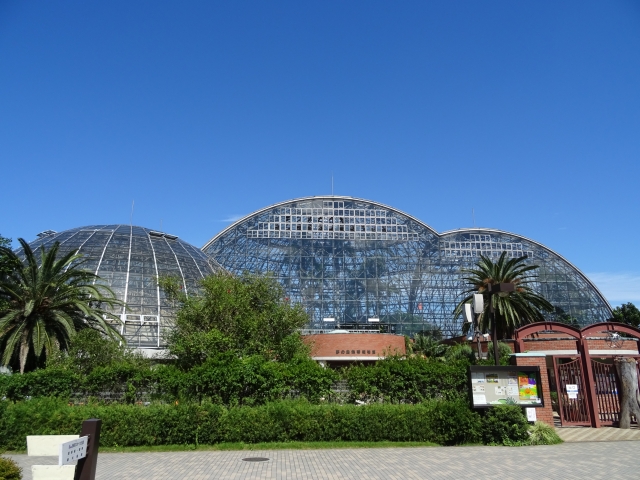
After enjoying the garden, why don’t you drop by a cafe adjacent to the greenhouse? You can enjoy various meals like curried pilaf, loco moco, and ice cream with the view of the tropical botanical garden. There is also a souvenir shop, which sells limited items, so don’t forget to check them out.
Yumenoshima Tropical Greenhouse Dome distributes a free audio guide app, which is available in Japanese and English. Be sure to download it before you go to the tropical garden. It should make your visit even more wonderful!
| Information about Yumenoshima Tropical Greenhouse Dome | |
| Open hours | 9:30 am ~ 5:00 pm (The last admission is until 4:00 pm) |
Regular holiday | ・Every Monday (*If a holiday falls on Monday, open on Monday and closed on the day after the holiday)・New Year holidays (12/29~1/3) |
Entrance fee | Adults … ¥250 Seniors aged 65 and over … ¥120Junior high school students … ¥100*Free for elementary school students and below |
| Official Website | Yumenoshima Tropical Greenhouse Dome |
5. Adachi Park of Living Things
Adachi Biological Garden is a biological garden located in Adachi Ward, Tokyo, and exhibits various creatures and plants. A large goldfish aquarium welcomes you on the first floor, and then you can see living creatures such as tropical fish and reptiles. The biggest attraction of this biological garden is the large greenhouse, and many kinds of butterflies are welcoming you there. You can see beautiful butterflies dancing, surrounded by a lot of green plants.
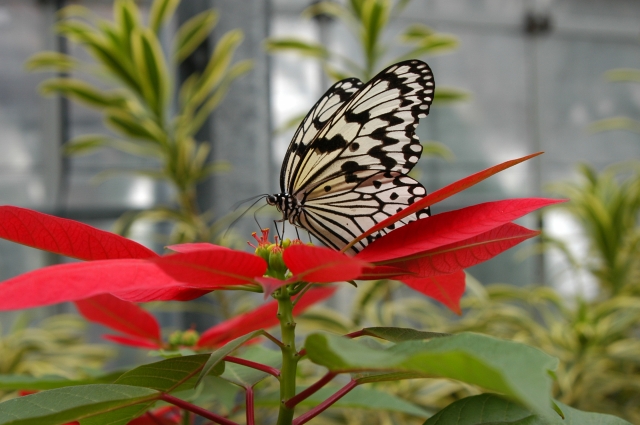
On the first floor, there is also an outdoor corner where you can interact with small animals such as guinea pigs and see kangaroos and wallabies.
| Information about Adachi Park of Living Things | |
| Open hours | Feb. ~ Oct. … 9:30 am ~ 5:00 pm (The last admission is until 4:30 pm)Nov. ~ Jan. … 9:30 am ~ 4:30 pm (The last admission is until 4:00 pm) |
Regular holiday | Every Monday (*If a holiday falls on Monday, open on Monday and closed on the day after the holiday)・New Year holidays (12/29~1/1) |
Entrance fee | Adult and high school students… ¥300 Junior high school students … ¥150Seniors aged 70 and over … Free (Your ID card needed)*Free for any child aged 6 and below |
| Official Website | Adachi Park of Living Things (Only in Japanese) |
A botanical garden is not only to display various plants, but many of them are trying to entertain visitors. Some botanical gardens often hold various events every season or month, so don’t forget to check their official website to find the upcoming events. Hope this article will help you enjoy the green oasis while you are in Tokyo.
Follow us on Instagram, Facebook and Twitter for more travel inspiration. Or tag us to get featured!
Happy travelling!
Other articles you might enjoy
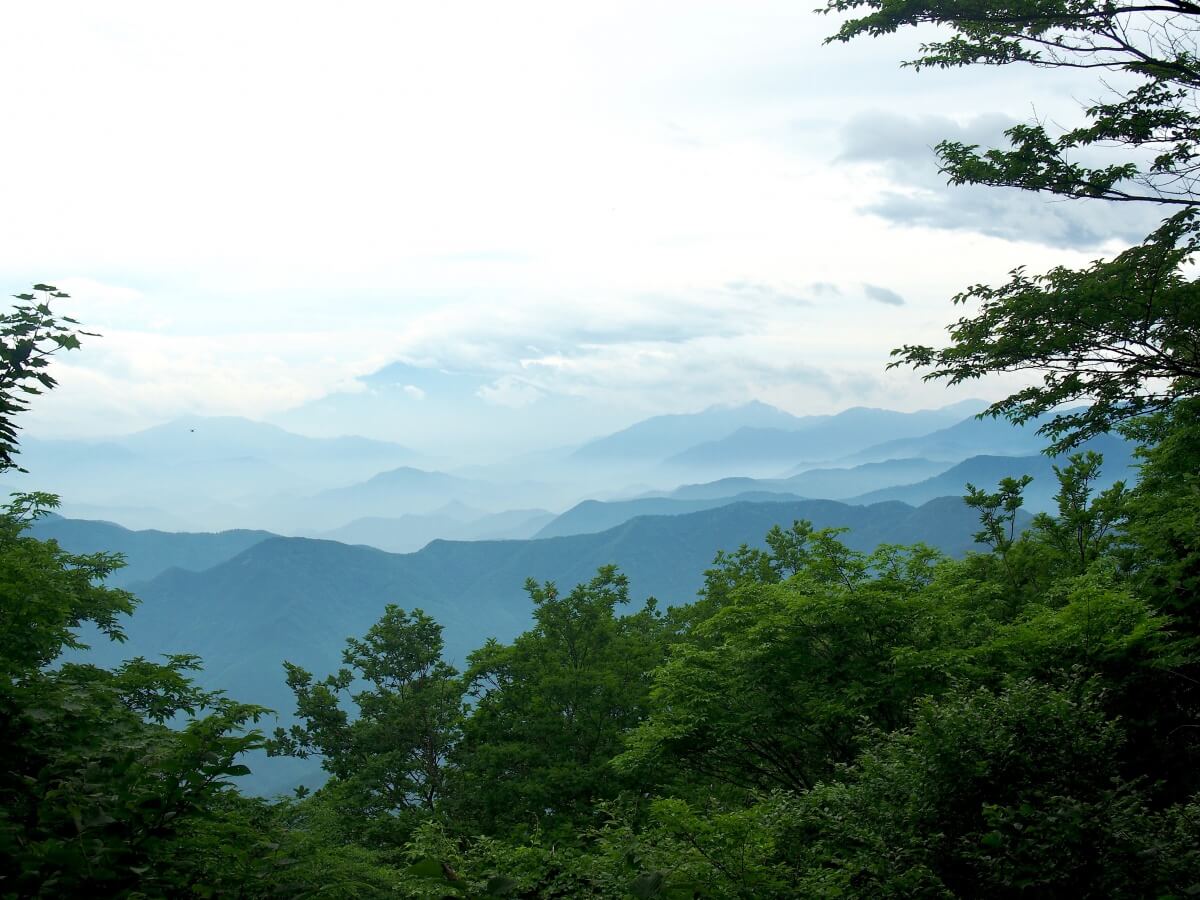



Mao Goto is a Japanese freelancer who was born in Hayama, Kanagawa prefecture, and raised in Tokyo. Since 2016 she lives in the Taito Ward, home to a lot of Japanese culture hotspots such as Asakusa, Akihabara, and Ueno. She has been interested in the field of English education of Japan and got her Master’s degree in March, 2020. A lover of photography, travel, sweets, and cross-stitch. Contact her via Facebook.

